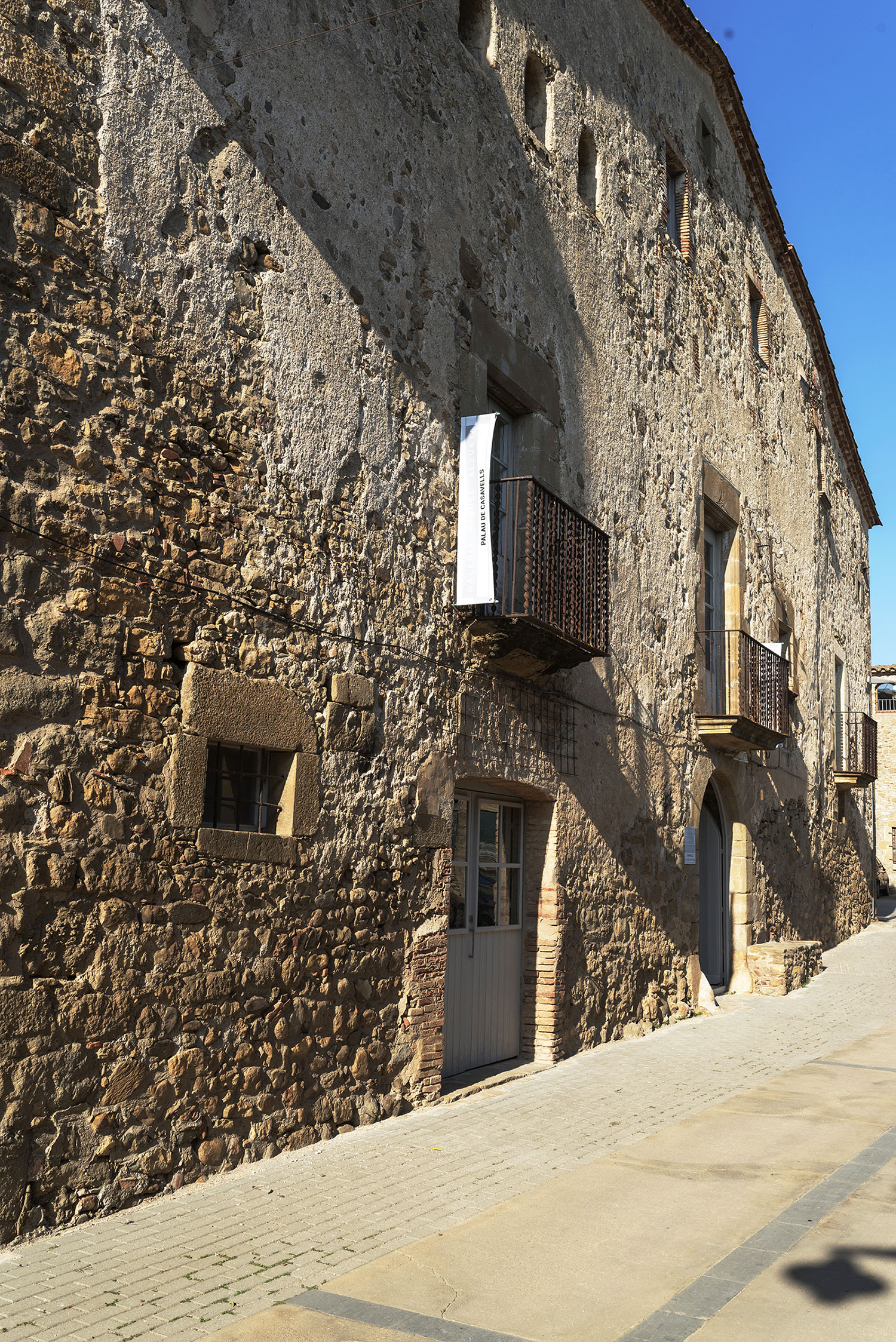
Casavells is one of the medieval villages that populate the Empordanet, as Josep Pla, the largest of the writers in Catalan, called his most intimate space of Empordá, its Regional and Middle-earth particular. He wrote, as Tolkien could have done of his hobbits: “Catalan likes to be right. The raison d’être for people from Empordá is almost always pleasure.” There is the Palau de Casavells, a fortified farmhouse from the fourteenth century that was the residence of ranchers and ecclesiastical people, converted by Miquel Alzueta into the contemporary art space of reference of these lands peeked out to the Costa Brava.
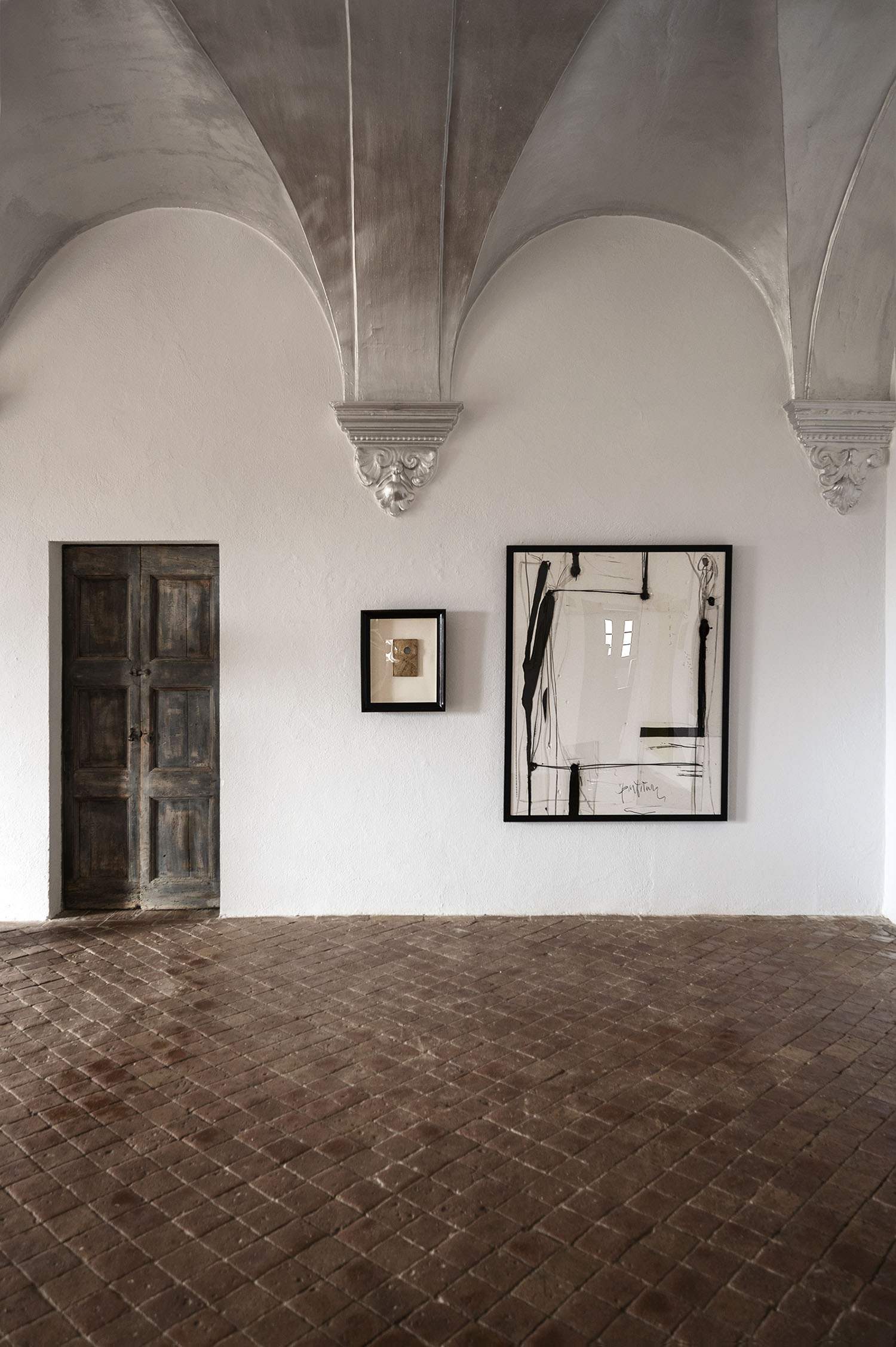
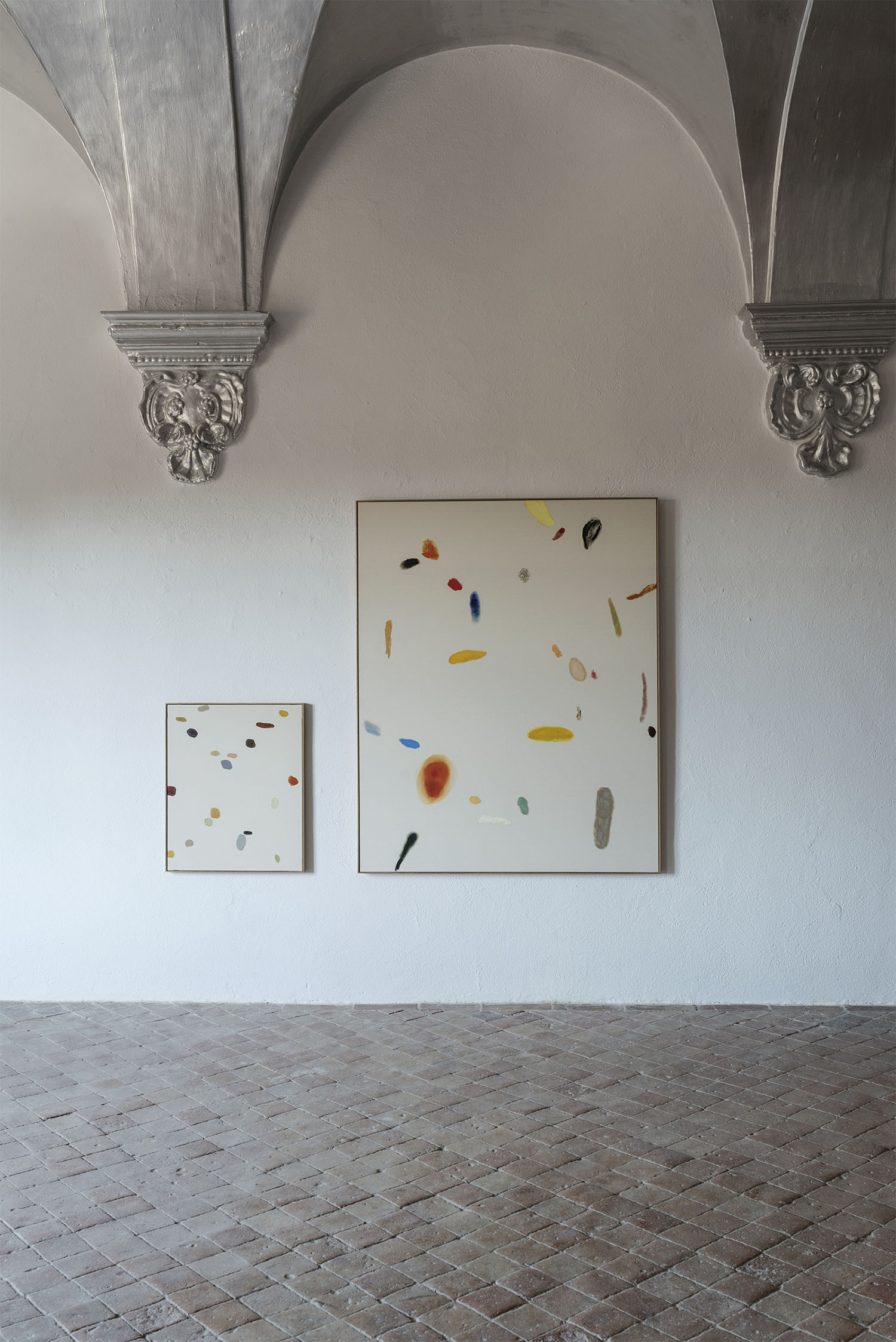
I usually visit the Palau frequently and for an Empordápleasure, and not only to contemplate the works of its successive exhibitions, leisurely and accompanied to the rhythm of this land as one more undulating landscape; I am also interested in the space and the way the works are presented there, always as if it were an artistic installation to use (and it is).
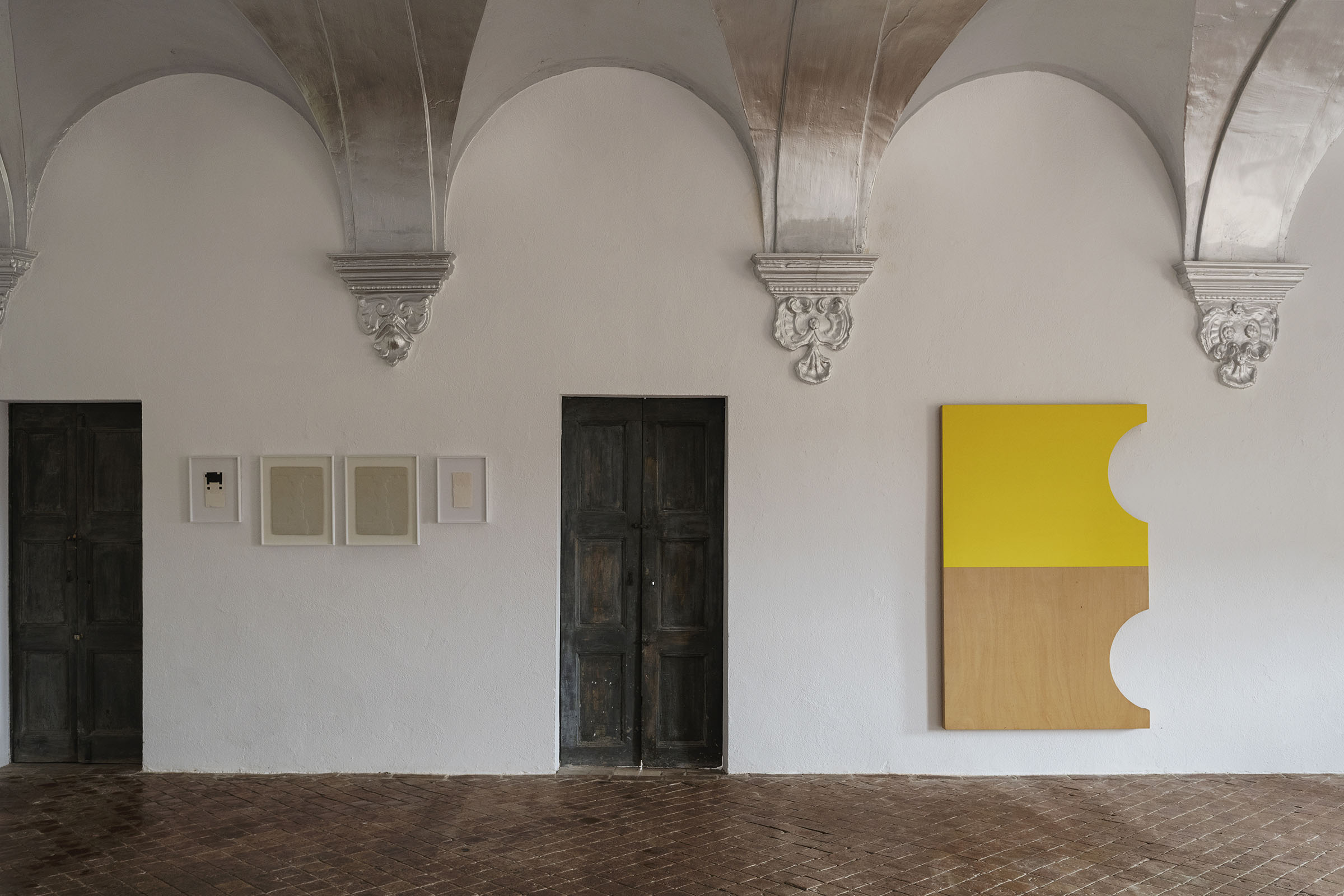
Facing the city as a dominant, almost exclusive place for art exhibition halls, this location pleasantly surprises in a rural context where nature and landscape impose their own rhythms on the contemplation of art and serve as a counterpoint to cosmopolitan tyranny. Something similar happens there to what I felt on my first visit to the Rodin Museum in Paris – not at all rural – where everything turned out to be as close and natural as the creaking of the soil woods itself.
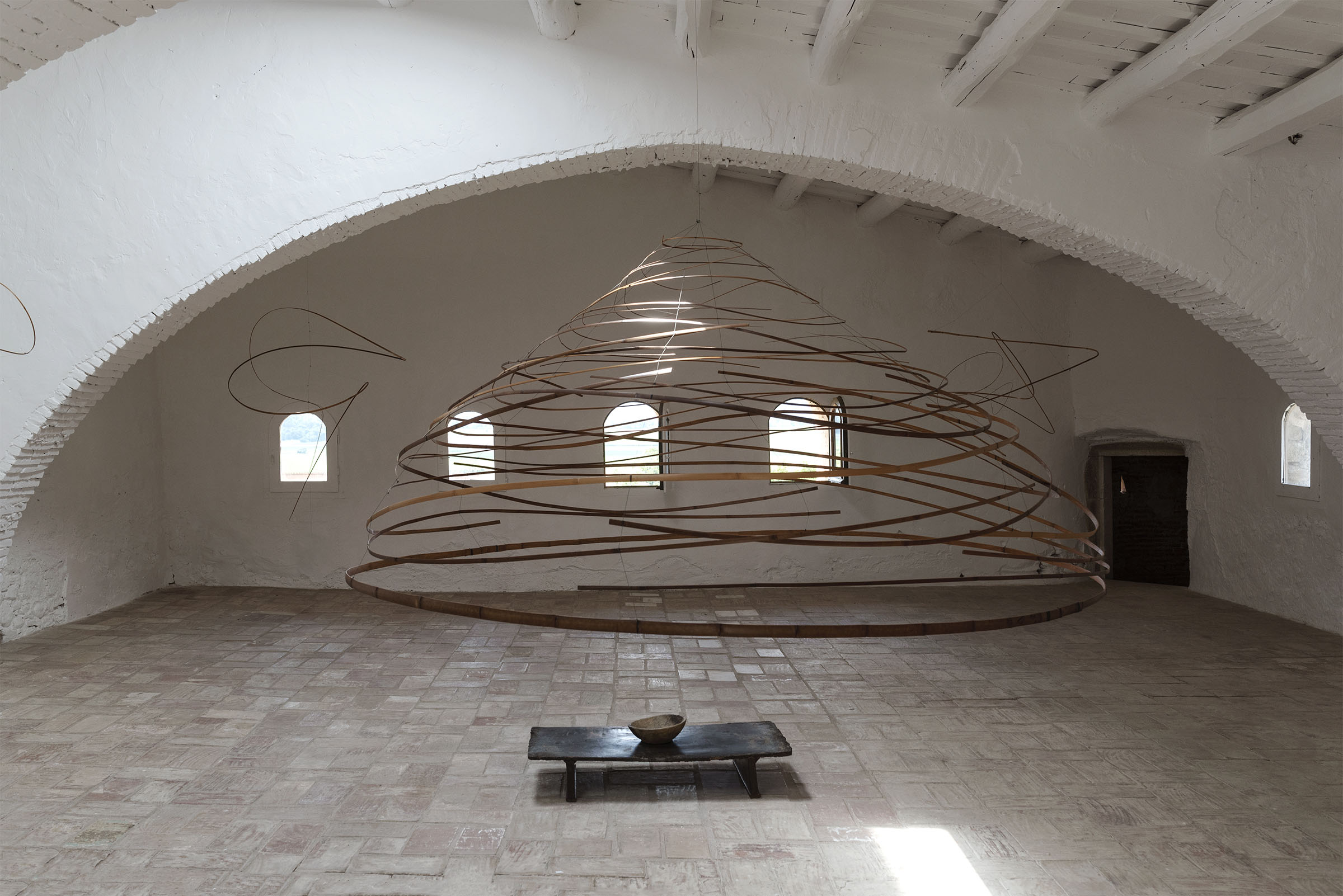
In addition, the Palau allows us to experiment with quietness as a result of the intervention carried out in the farmhouse to restore it and adapt it to its current use, which could well have created conflicts between the historical value of the building and the new exhibition requirements. But this doesn’t seem to be the case.
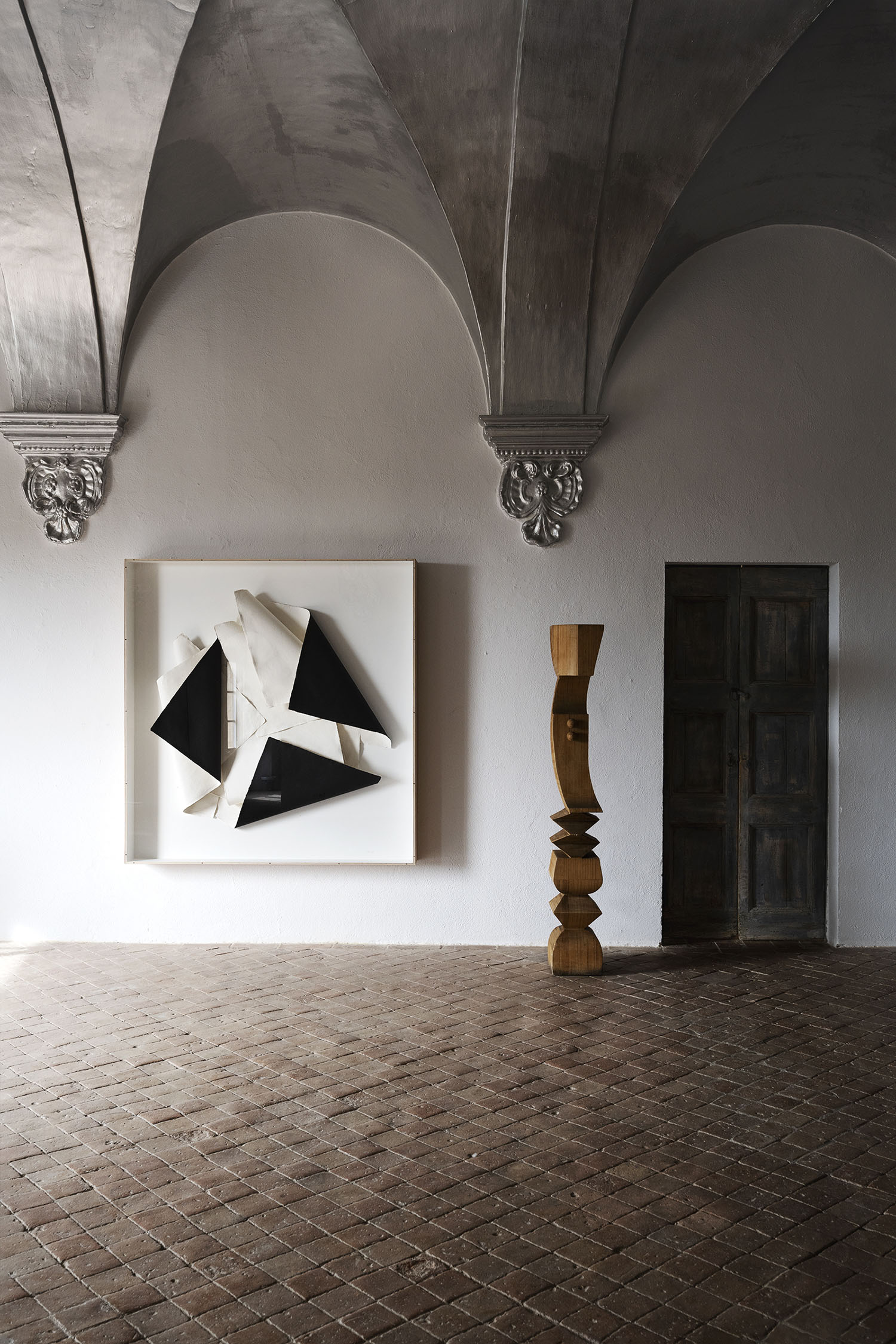
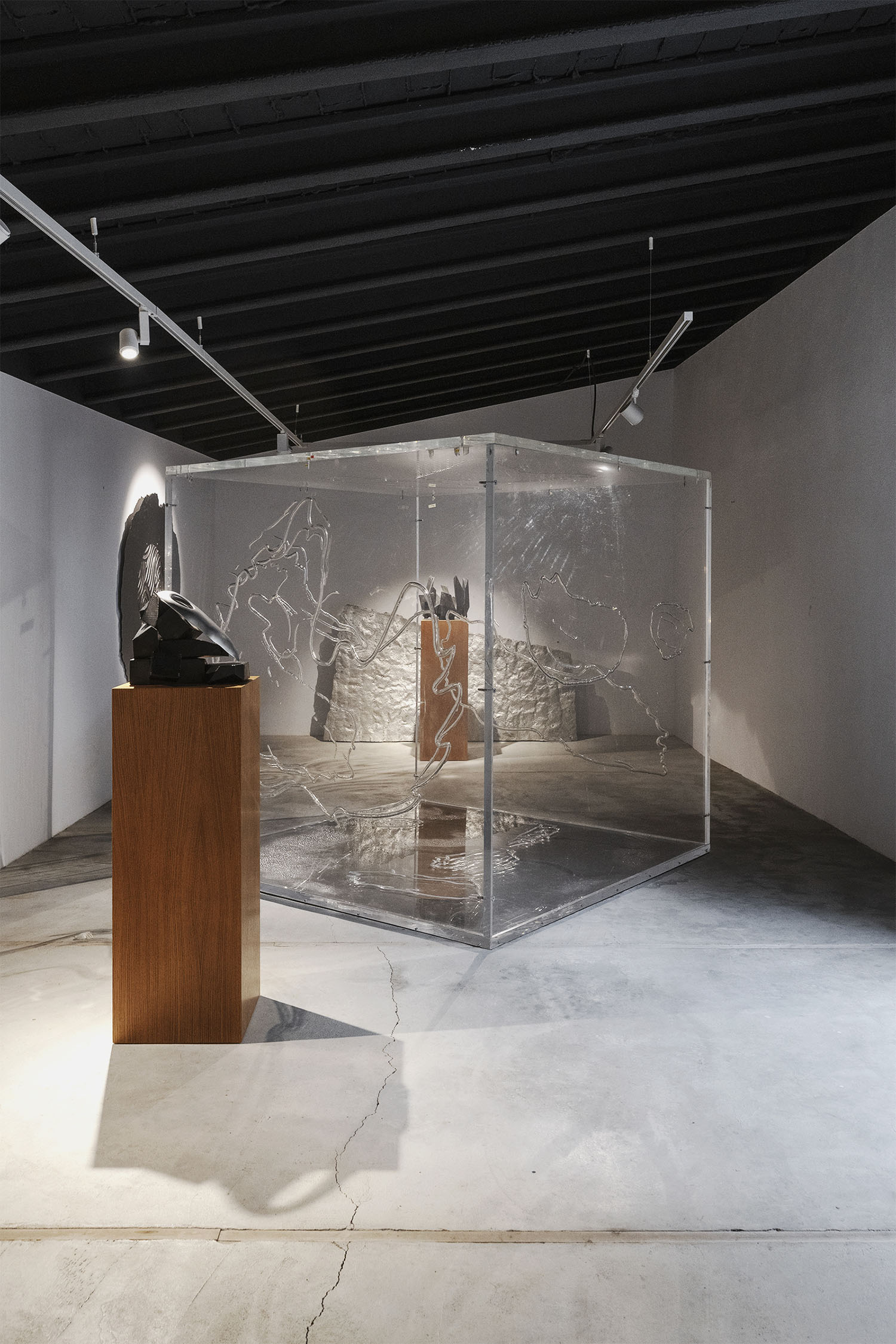
And, above all, in front of the dominant aesthetic current since the early twentieth century of the white box for the exhibition of the works of art in galleries and museums, with rooms based on criteria of neutrality and austere appearance, without external elements that can distract the viewer from the works exhibited, the Palau de Casavells exhibits without any complexes all the features of its historical architecture : doors, arcades, windows, noble geometries and plebeians, vaulted ceilings… and, through window and viewpoints, old roofs and landscape folds; and bell rings. And, along with the monastic white colour, the silver on ceilings and doors, rose tinted stones, earthy tuffs and all the greys of a pavement of continuous features on the floors… The containment with a touch of boldness and exaggeration cohabit well together.

“The paintings housed in the frames live,” Ortega and Gasset says in their delicious “Meditation of the Frame”. And “when I look at the painting I enter an imaginary enclosure and adopt an attitude of pure contemplation. So, there are two antagonistic worlds and no communication. From the real to the unreal, the spirit gives a leap like from wakefulness to sleep.” I won’t be the one to denies Don José or the white box. I also believe that the contemporary architectural resurgence and calligraphy of exhibition spaces favours the contemplation of works of art. But I like experimentation and diversity, and I think the eclecticism of the Palau – “eppur si muove” – can be an exception and set an example.
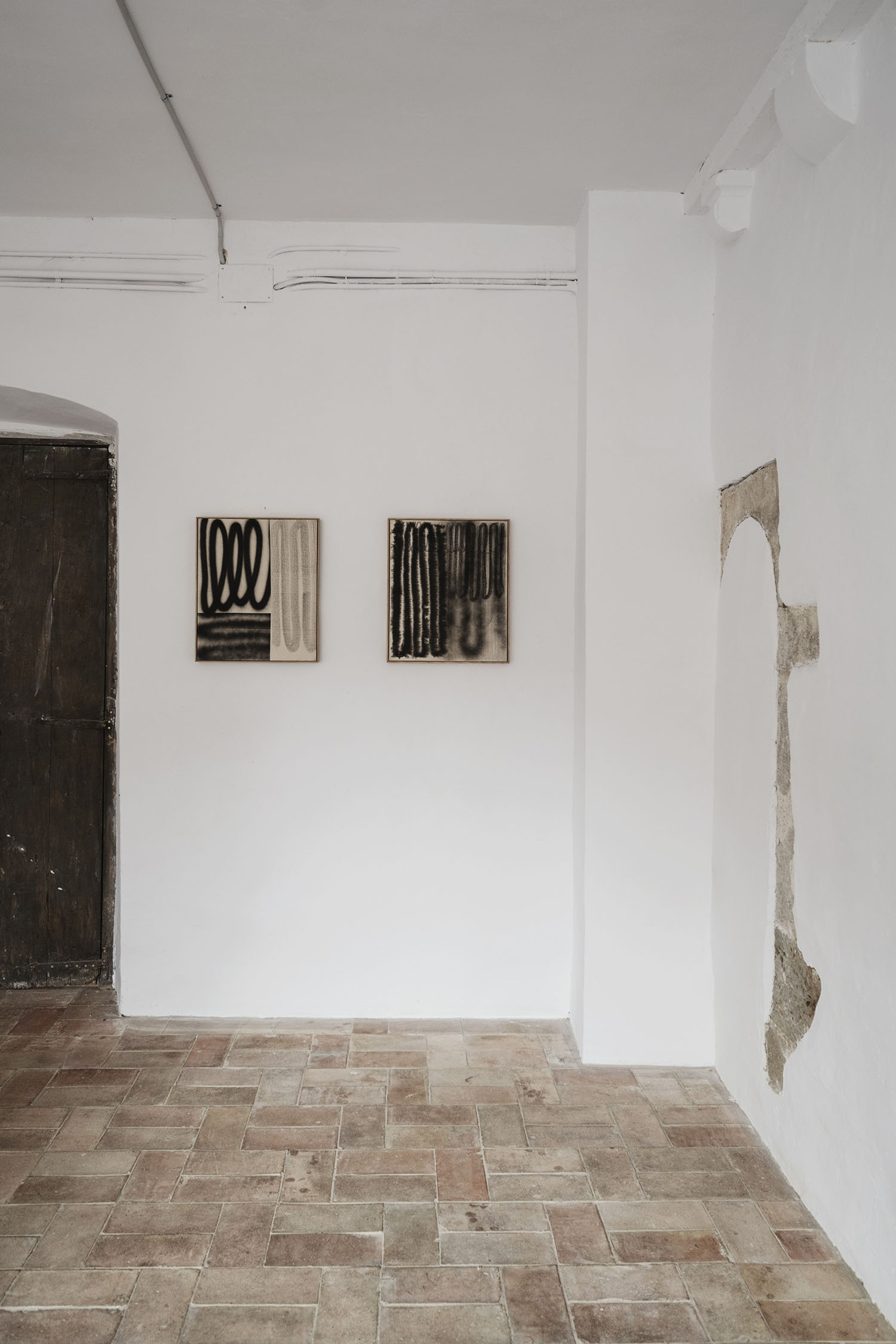
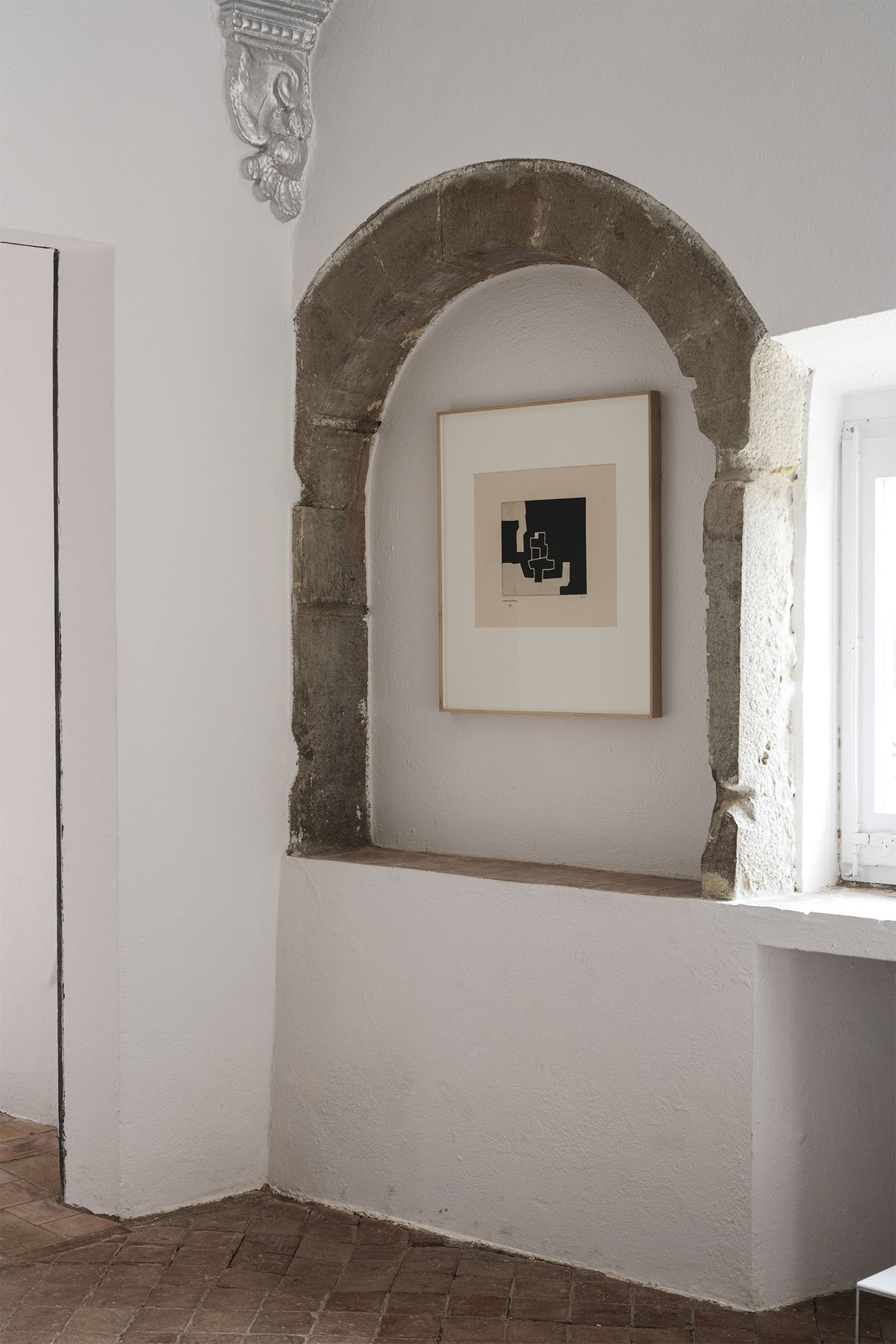
The Palau de Casavells Alzueta_Gallery, a great Empordá pleasure.
Our thanks to Julina Sorondo and Alzueta_Gallery for the images that illustrate this post.

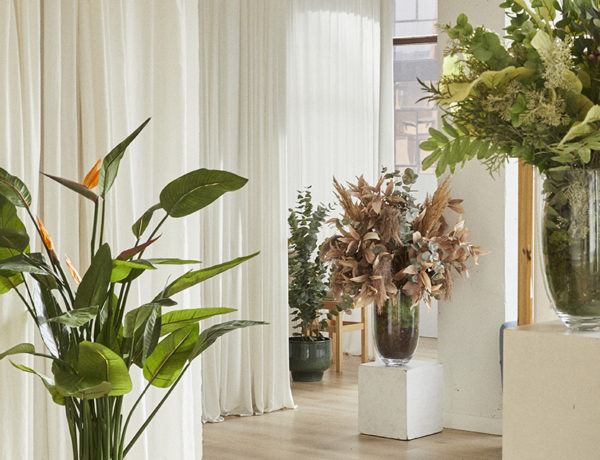


![[Flechazo] De la colección @massimodutti Limited Edition, #DDE elige el vestido de lino con el bajo redondo. New post.
Nueva publicación en
www.diariodeestilo.es
[Link en la biografía]
#massimodutti #limitededition #dress #ss25 #streetstyle #diariodeestilo #marionaplanas](https://scontent-bcn1-1.cdninstagram.com/v/t51.75761-15/499561374_18509865841060586_5915085720141926289_n.jpg?stp=dst-jpg_e35_tt6&_nc_cat=105&ccb=7-5&_nc_sid=18de74&_nc_ohc=z9vNHnHdgMUQ7kNvwHwvyGW&_nc_oc=AdkJ7-RtFm1R214NJs7Z-uAxAGyAii6IzA5Kkz3bj_1jqgI7ofJxWDJinGbc8B4MXWs&_nc_zt=23&_nc_ht=scontent-bcn1-1.cdninstagram.com&edm=ANo9K5cEAAAA&_nc_gid=lQb90VEr4sV0CTb0cjVIVA&oh=00_AfLRVV1Kl2lqI2gNKlCQyWra-PT1j_CHksZZRHiI4qwCMQ&oe=6833833C)
![[New Post] Cómo cuidar la piel en verano con antioxidantes y qué factores de protección solar funcionan [Parte 1]
El protector solar es un elemento fundamental pero no es la única pieza del rompecabezas ya que la exposición solar, incluso con FPS, genera radicales libres que dañan las células y aceleran el envejecimiento prematuro. Es aquí donde entran en juego los antioxidantes para la piel, aliados poderosos que potencian nuestra rutina de cuidado durante la temporada estival (y el resto del año).
Vamos a refrescar la memoria de la mano de @twelvebeautyspain para recordar cómo funciona el protector solar, por qué los filtros solares no siempre funcionan bien en otros productos y cuáles son los beneficios de los antioxidantes para la piel.
Toda la información al detalle en el nuevo artículo publicado en www.diariodeestilo.es
[Link en la biografía]
Fotografías @christinakapongo.photo
#beauty #twelvebeauty #cosméticanatural #piel #pielhidratada #protectorsolar #acidohialurónico #feedbackreal #diariodeestilo #marionaplanas](https://scontent-bcn1-1.cdninstagram.com/v/t51.75761-15/499251831_18509602432060586_619944485401703841_n.jpg?stp=dst-jpg_e35_tt6&_nc_cat=104&ccb=7-5&_nc_sid=18de74&_nc_ohc=WWgzEgd-CO4Q7kNvwHwkw10&_nc_oc=AdkvKsNHBLrSBOE6f4zlSd2X7hiB6EB7DMkf8X62zkhvKRAD2b0aPY-Bfsw15TVsxd4&_nc_zt=23&_nc_ht=scontent-bcn1-1.cdninstagram.com&edm=ANo9K5cEAAAA&_nc_gid=lQb90VEr4sV0CTb0cjVIVA&oh=00_AfLtzQYMtQGvq7mCZlZ2U8TMtxzWNqSgWGLcW85R8htuUQ&oe=6833987D)



 Sábado!
Sábado!
 Nueva pub
Nueva pub![Vuelta a los clásicos no básicos 🐷
Nueva publicación en
www.diariodeestilo.es
[Link en la biografía]
#ss25 #trend #streetstyle #streetwear #photo #photoshoot #diariodeestilo #marionaplanas](https://scontent-bcn1-1.cdninstagram.com/v/t51.75761-15/497216968_18508501933060586_5898867899761711773_n.jpg?stp=dst-jpg_e35_tt6&_nc_cat=108&ccb=7-5&_nc_sid=18de74&_nc_ohc=PA4edSONs-sQ7kNvwEQB-ic&_nc_oc=Adn4m7iyB9-cBWRRTzN0bDSwtZ2GYG-CmRDiN0pVjpktVHh79rORX6SFm3naUvCSH_4&_nc_zt=23&_nc_ht=scontent-bcn1-1.cdninstagram.com&edm=ANo9K5cEAAAA&_nc_gid=lQb90VEr4sV0CTb0cjVIVA&oh=00_AfI4sWkswxtzC6SOFXcOuuc3BpoCF8mWVFwo0aHdmi6_Sw&oe=683394E7)
![Sunday, Sunday. New Post [Preview] Un pequeño adelanto de la publicación de mañana en la web.
www.diariodeestilo.es
[Link en la biografía]](https://scontent-bcn1-1.cdninstagram.com/v/t51.75761-15/497076960_18508310947060586_6746825691046556187_n.jpg?stp=dst-jpg_e35_tt6&_nc_cat=107&ccb=7-5&_nc_sid=18de74&_nc_ohc=X6uW3RHPThgQ7kNvwEjqKcI&_nc_oc=AdkffUpqsiHe3h18wmNSlOofV589wasvvR90jvxKDIlAr-08w_lUz8KEpSsCWay38Dk&_nc_zt=23&_nc_ht=scontent-bcn1-1.cdninstagram.com&edm=ANo9K5cEAAAA&_nc_gid=lQb90VEr4sV0CTb0cjVIVA&oh=00_AfL1YzSBfckecd1cJbHkoi8H0_5lk5NA0hMmYojq7dhItA&oe=68339BAC)

No Comments